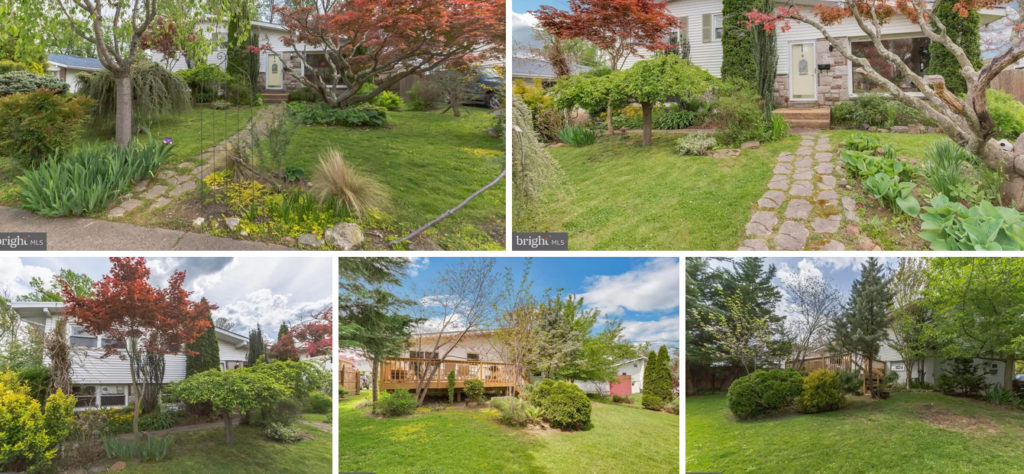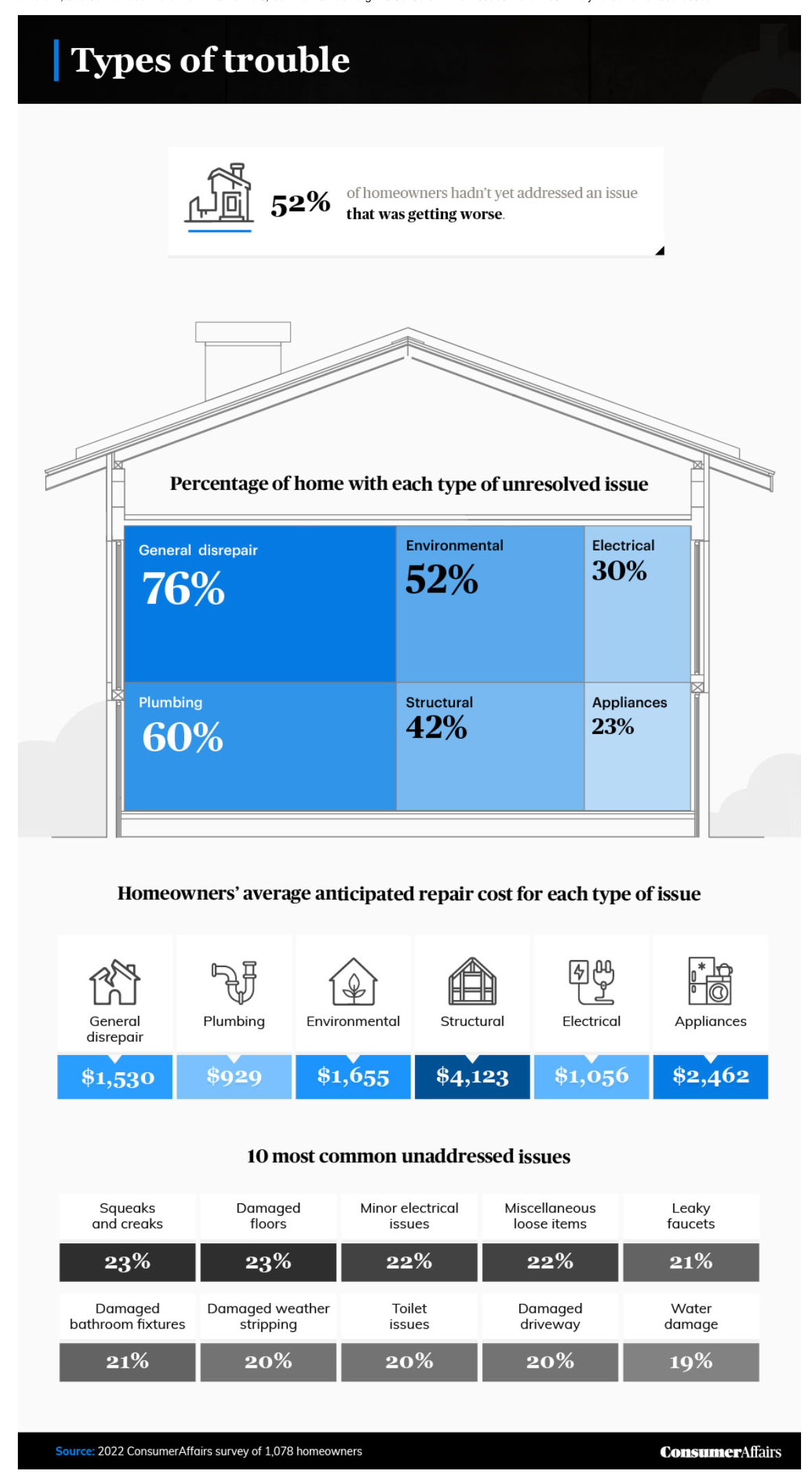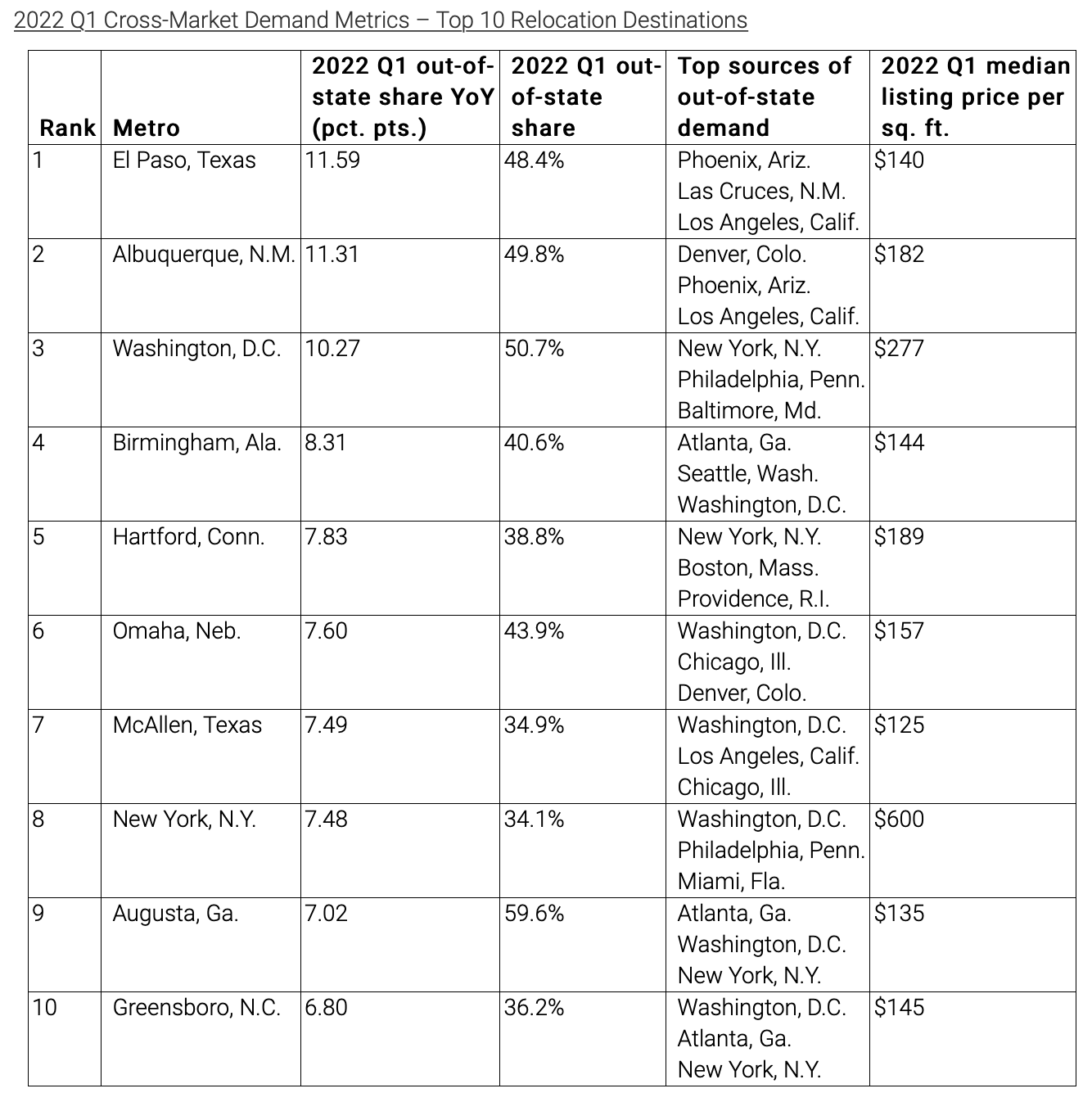Fed Raises Rate: What It Means for Housing
The Federal Reserve voted on Wednesday to raise its target short-term federal funds rate by a half-point. That marks the largest increase in the Fed’s rate in more than two decades and suggests higher mortgage rates will follow.
The Fed’s latest action looks to control inflation, which is running at a 40-year high. The federal funds rate, which is set by the central bank, is the interest rate banks use to borrow from and lend to one another. While mortgage rates are not directly tied to the Fed’s rate, they are often influenced by it.
As such, many economists say, mortgage rates will likely continue to keep climbing. Already, they’ve increased nearly 2 percentage points since just the beginning of the year, increasing the cost of monthly mortgage payments by hundreds of dollars. The 30-year fixed-rate mortgage averaged 5.10% last week, its highest level since April 2010, according to Freddie Mac.
After the Fed’s action on Wednesday, consumers likely will see changes to their borrowing and saving rates across the board, including higher credit card rates, car loans, student debt, and mortgages, economists say.
Adjustable-rate mortgages and home equity lines of credit may see the biggest impact initially since they are linked more closely to the prime rate, CNBC reports.
But the 30-year and other mortgage rates likely will still be influenced by the Fed’s actions, economists say. By the end of 2022, 30-year rates could be near 6%, says Jacob Channel, senior economic analyst at LendingTree.
That is still low by historical standards, but for home buyers already facing higher prices for homes, the effect may be to price more buyers out.
Lawrence Yun, NAR’s chief economist, said during a session at the 2022 REALTORS® Legislative Meetings this week in Washington, D.C., that he expects a slowdown in housing from its recent highs. The rapid increase in mortgage rates along with the other effects of inflation are taking a toll.
“Mortgages now, compared to just a few months ago, are costing more money for home buyers,” Yun said. “For a median-priced home, the price difference is $300 to $400 more per month, which is a hefty toll for a working family.”
Yun predicts that inflation will remain high over the next several months and that the market will see further monetary policy tightening through a series of rate hikes. Higher mortgage rates will likely slow the market, Yun says. Source: “Here’s What the Fed’s Half-Point Rate Hike Means for Your Money,” CNBC (May 4, 2022) and “The Fed Raises Interest Rates by 0.50%. How Will This Affect the Housing Market,” Motley Fool (May 4, 2022)
©National Association of REALTORS®
Reprinted with permission








